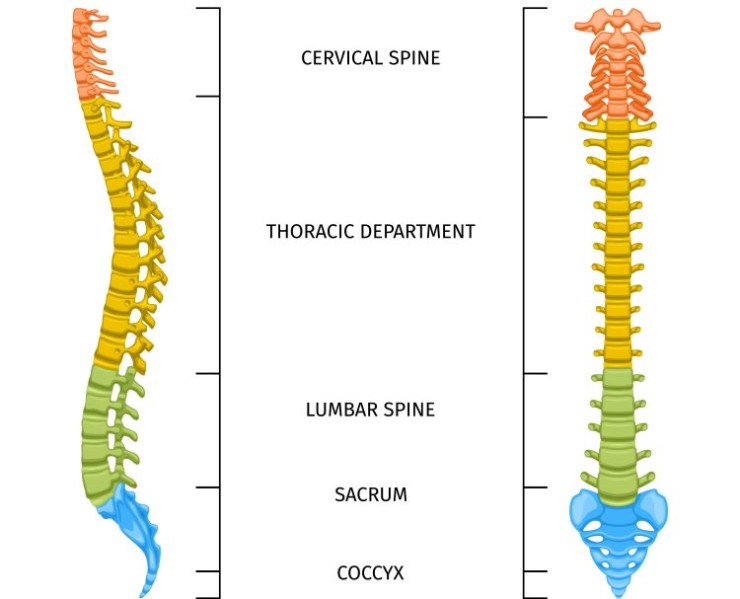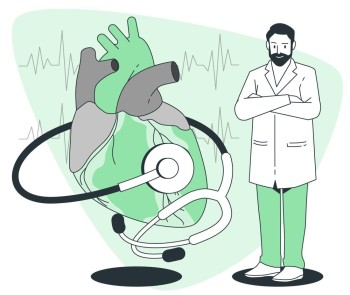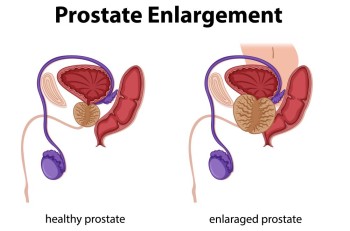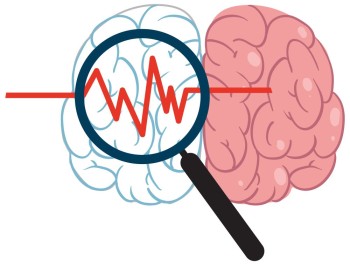
Magnetic Resonance Imaging (MRI) of the thoracic spine is a sophisticated medical imaging technique that provides detailed insights into the structures and conditions affecting the middle portion of the vertebral column.
MRI Scan Thoracic Spine with Cost
MRI of the Thoracic Spine: Unveiling the Intricacies
Introduction to Thoracic Spine MRI
Magnetic Resonance Imaging (MRI) of the thoracic spine is a sophisticated medical imaging technique that provides detailed insights into the structures and conditions affecting the middle portion of the vertebral column.
Importance of Thoracic Spine Imaging
The thoracic spine plays a crucial role in supporting the upper body and protecting vital organs. MRI imaging of this region is vital for diagnosing various conditions, including disc herniations, spinal cord injuries, and tumors.
Preparation for the
Procedure
Prior to undergoing thoracic spine MRI, patients are typically advised to follow specific guidelines. This may involve fasting, removing metal objects, and informing healthcare providers about any medical conditions or medications.
Procedure Overview
During the MRI procedure, the patient lies on a table that slides into the MRI machine. Magnetic fields and radio waves are used to generate detailed images of the thoracic spine, capturing cross-sectional views for comprehensive assessment.
Advantages of MRI in Thoracic Spine Assessment
MRI offers distinct advantages in thoracic spine assessment, providing high-resolution images without the use of ionizing radiation. It is particularly effective in visualizing soft tissues, nerves, and detecting abnormalities.
Common Indications for Thoracic Spine MRI
Thoracic spine MRI is recommended for various indications, including back pain, suspected spinal cord injuries, degenerative disc diseases, and evaluating the extent of spinal tumors.
Interpreting Results and
Diagnostic Insights
Highly trained radiologists interpret the results of thoracic spine MRI, identifying abnormalities like disc bulges, herniations, spinal stenosis, or tumors. These insights guide physicians in formulating accurate diagnoses.
Risks and Safety Measures
While MRI is generally safe, certain precautions are essential. Patients with metallic implants, pacemakers, or claustrophobia may require special considerations. Stringent safety measures are implemented to ensure a secure imaging environment.
Comparisons with Other Imaging Techniques
Comparing thoracic spine MRI with alternative imaging methods, such as CT scans or X-rays, emphasizes the superiority of MRI in providing detailed soft tissue information without exposing patients to harmful radiation.
Enhancements and Innovations in Thoracic Spine MRI
Technological advancements continue to enhance thoracic spine MRI capabilities. Innovations like functional MRI and diffusion-weighted imaging contribute to improved diagnostic accuracy and a deeper understanding of spinal conditions.
Patient Experience and
Comfort
The non-invasive nature of thoracic spine MRI contributes to a more comfortable patient experience. The absence of radiation exposure and the relatively short duration of the procedure enhance overall patient comfort.
Follow-up Care and Recommendations
After undergoing thoracic spine MRI, patients receive detailed reports from their healthcare providers. Follow-up care may involve additional tests, consultations, or tailored treatment plans based on the imaging findings.
Case Studies and Success Stories
Real-life case studies and success stories highlight the efficacy of thoracic spine MRI in diagnosing and treating various spinal conditions. These narratives provide valuable insights into patient outcomes and the impact of timely imaging.
Expert Insights and Recommendations
Leading experts in spinal imaging share their insights and recommendations on the evolving landscape of thoracic spine MRI. Their perspectives on best practices, ongoing research, and future developments contribute to the continuous improvement of this diagnostic modality.
Conclusion
In conclusion, MRI of the thoracic spine is an invaluable tool for assessing and diagnosing a range of spinal conditions. Its non-invasive nature, coupled with technological advancements, makes it a preferred choice for comprehensive evaluation and patient care.
FAQs (Frequently Asked Questions) about Thoracic Spine MRI
Is thoracic spine MRI painful?
No, thoracic spine MRI is a non-invasive procedure and is generally painless. Patients may experience mild discomfort due to the need to lie still during the imaging process.
How long does a thoracic spine MRI take?
The duration of the procedure varies but typically takes around 30 to 60 minutes to complete the imaging of the thoracic spine.
Are there any side effects of thoracic spine MRI?
Generally, there are no significant side effects. However, some patients may experience mild allergic reactions to contrast agents, if used.
Can anyone undergo thoracic spine MRI?
While it is generally safe for many individuals, those with certain medical conditions or metallic implants may need to consult with their healthcare provider before undergoing thoracic spine MRI.
How soon can I expect the results of thoracic spine MRI?
Patients usually receive the results within a few days after the procedure. The healthcare provider will discuss the findings and any necessary follow-up steps during a consultation.
Can I undergo thoracic spine MRI if I have a
history of claustrophobia?
Individuals with a history of claustrophobia may find thoracic spine MRI challenging. However, open MRI machines or relaxation techniques may be options to alleviate anxiety. Seek personalized recommendations by consulting with your healthcare provider.
Is contrast dye always necessary for thoracic spine MRI?
The use of contrast dye is not always necessary for thoracic spine MRI. It depends on the specific diagnostic requirements and the information sought by the healthcare provider. Your medical team will determine if contrast is needed based on your individual case.
Can thoracic spine MRI detect spinal fractures?
Yes, thoracic spine MRI is a sensitive imaging modality that can detect spinal fractures, providing detailed information about the extent and location of the injury.
Is there an age limit for undergoing thoracic spine MRI?
There is no specific age limit for thoracic spine MRI. People of all ages can undergo the procedure as long as they can lie still during the imaging process. Special considerations may be necessary for pediatric or elderly patients.
Can thoracic spine MRI detect conditions beyond spinal issues?
Thoracic spine MRI primarily focuses on spinal structures, but it may incidentally capture abnormalities in surrounding organs or tissues. However, dedicated imaging techniques may be needed for specific non-spinal concerns.
(0)
Login to continue



